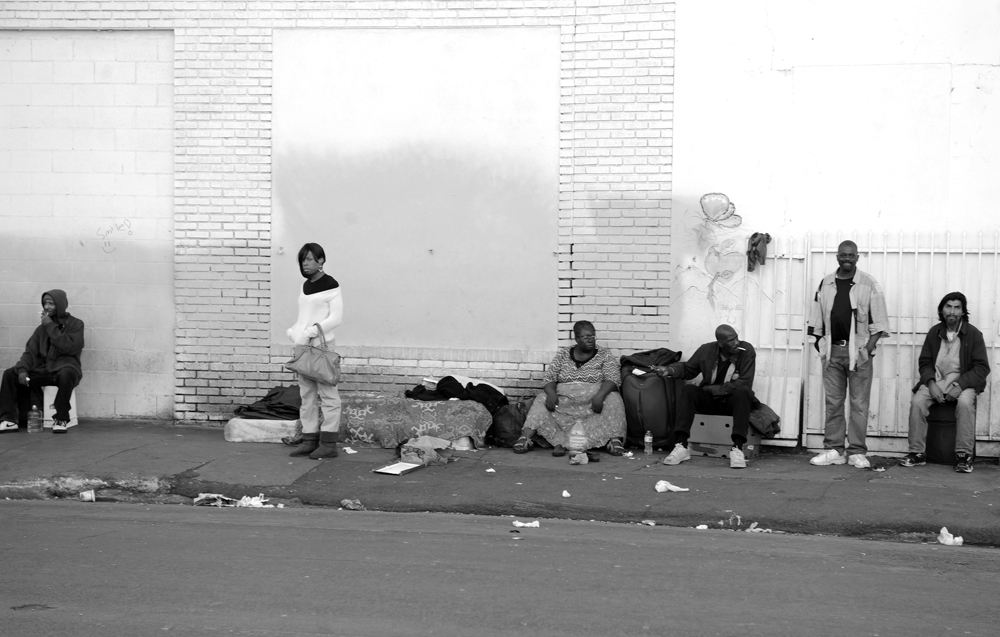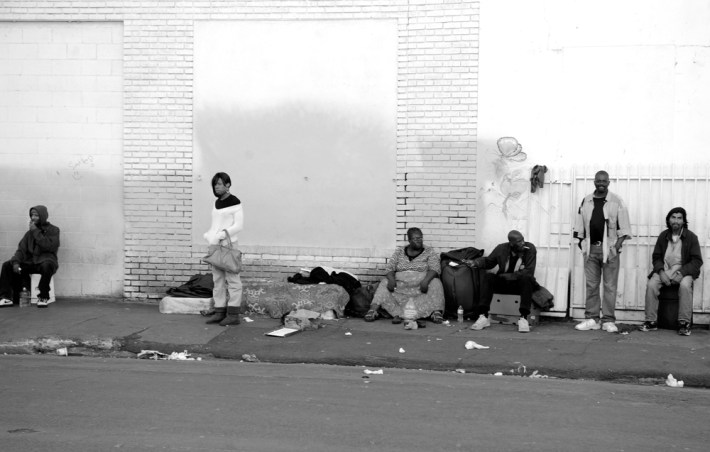
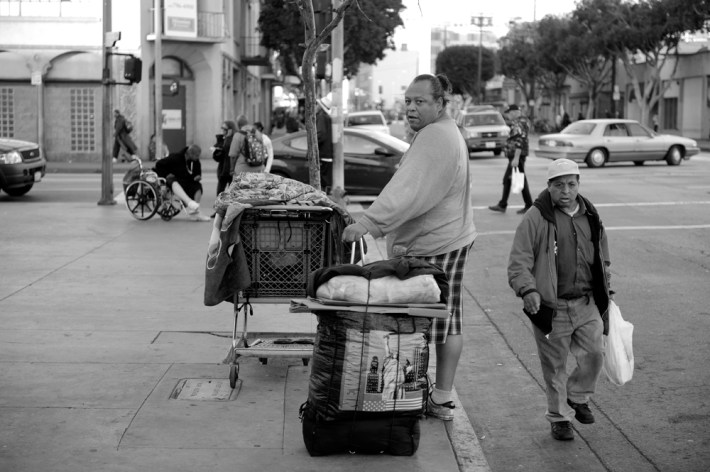
“I made practice runs down to skid row to get ready for my future.”
― Charles Bukowski, Ham on Rye
There is no one reason that brings people down to Skid Row. Everyone has their own story, but when you strip away poverty, addiction, abuse, mental illness and other details of people's lives, what you're left with is another neighborhood in Los Angeles. If you live in this city, these are your neighbors and fellow travelers. You may not recognize yourself when you hurry by, or peer out your car window, but you will when you look through the lens of Tom Andrews' photo essay "The People Down on Skid Row". -Blz
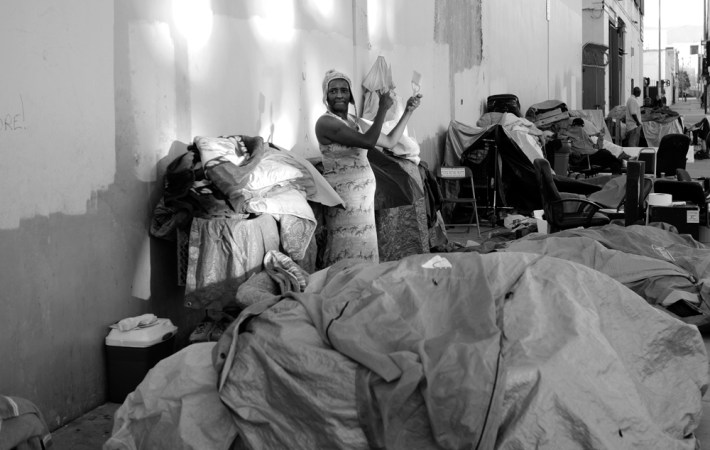

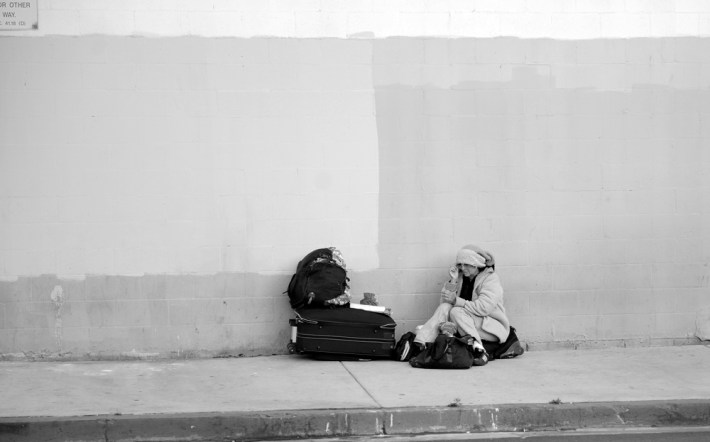

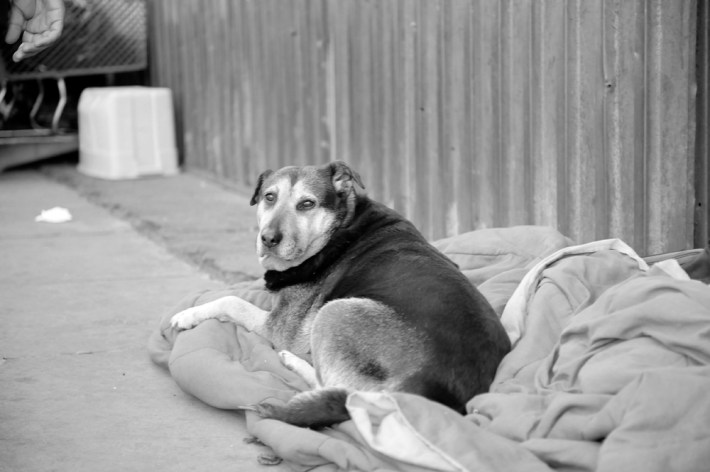
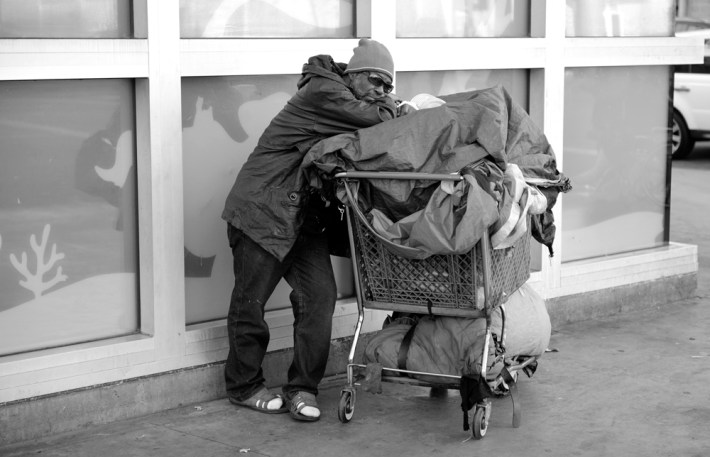
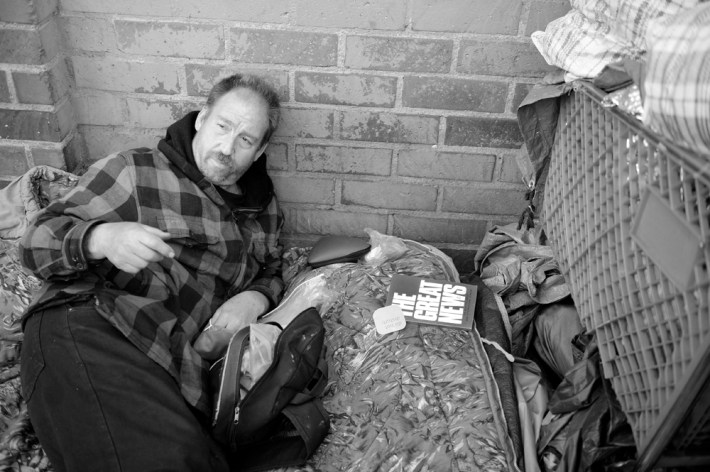

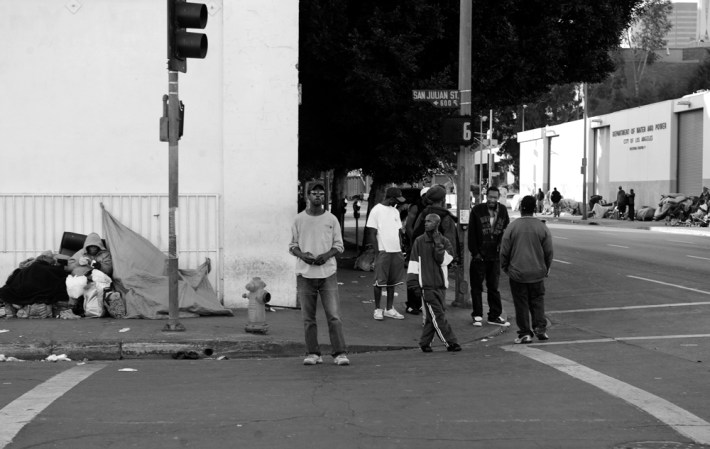
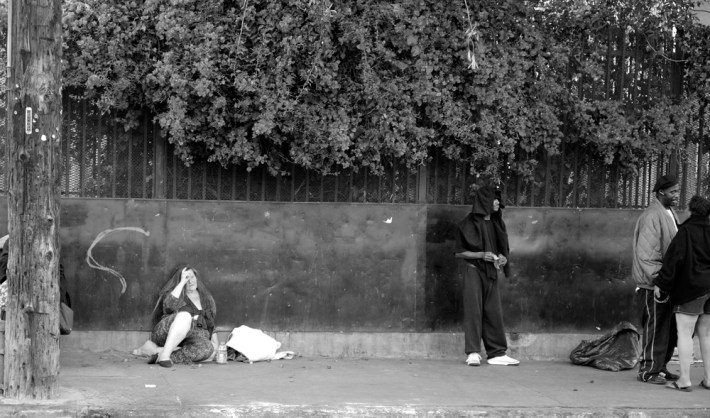
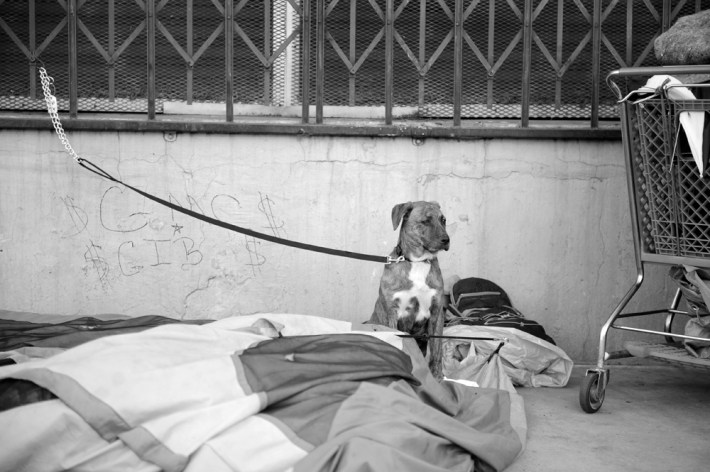

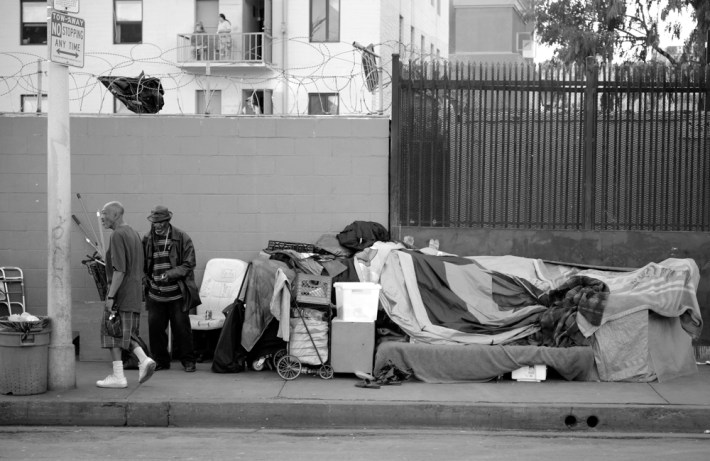
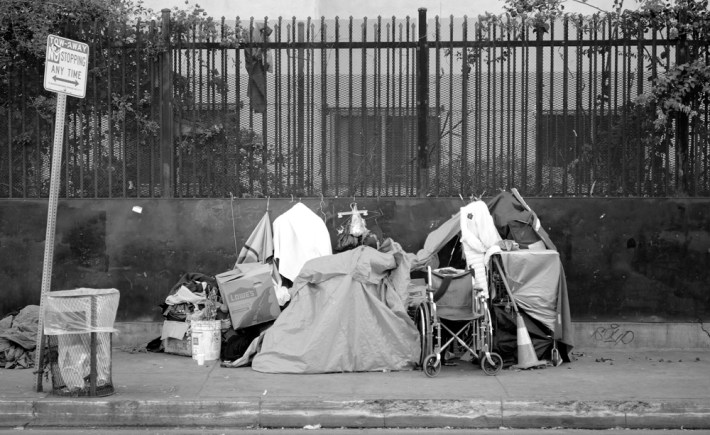
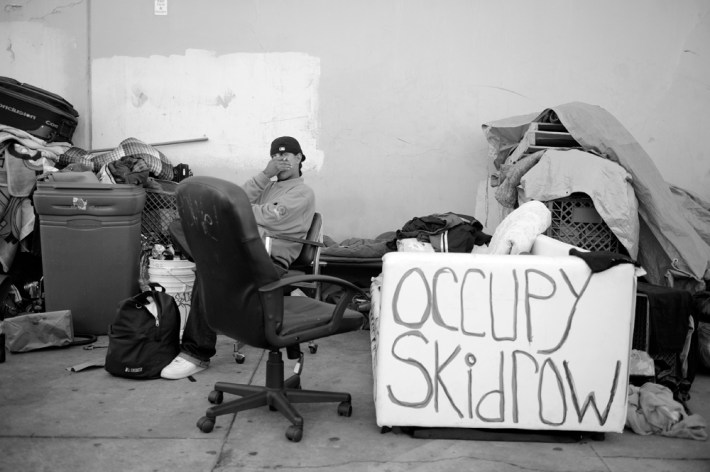
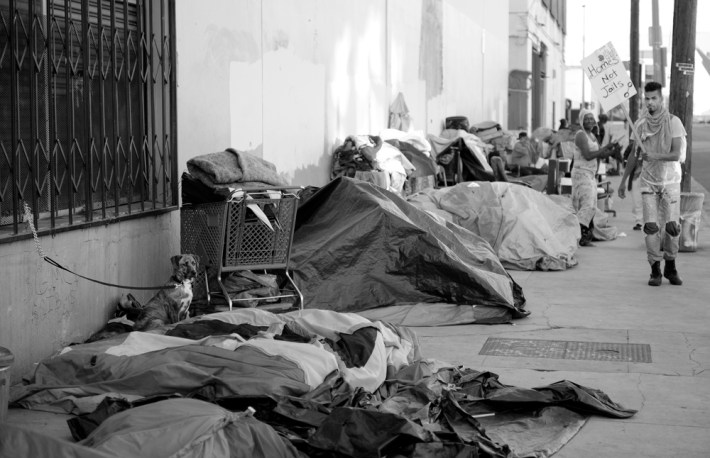
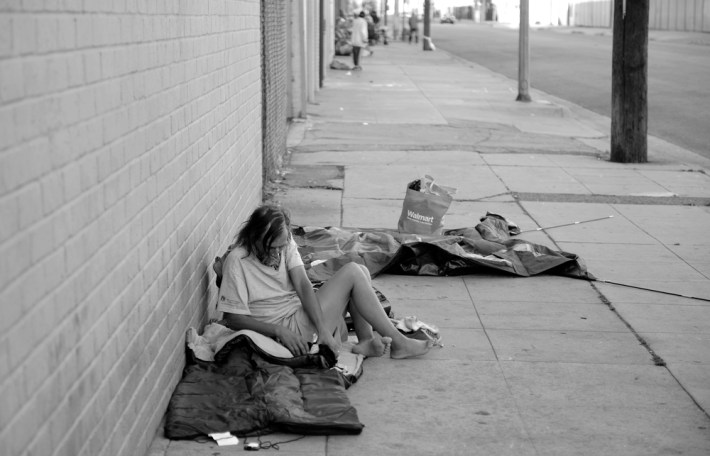
The History of Skid Row
In Los Angeles, this 54-block area in downtown developed into a Skid Row in the late 1800's because this location was the last stop on the train for the whole country. Hobos, aimless rail riders, transient workers, and people running away from past lives ended up here short-term and long-term. Daily rate hotels and various entertainments (mostly bars and brothels) catered to the culture of rail riders who were transient by nature.
As Los Angeles further developed and with growing industrial markets, particularly the flower and fashion districts adjacent to Skid Row, the need to improve the area arose; various groups consistently initiated efforts to improve the community. In 1975, a Redevelopment Plan was adopted, which included a “Policy of Containment,” concentrating social service agencies and people experiencing homelessness in this section of the city, where many of them naturally congregated. - Union Rescue Mission
